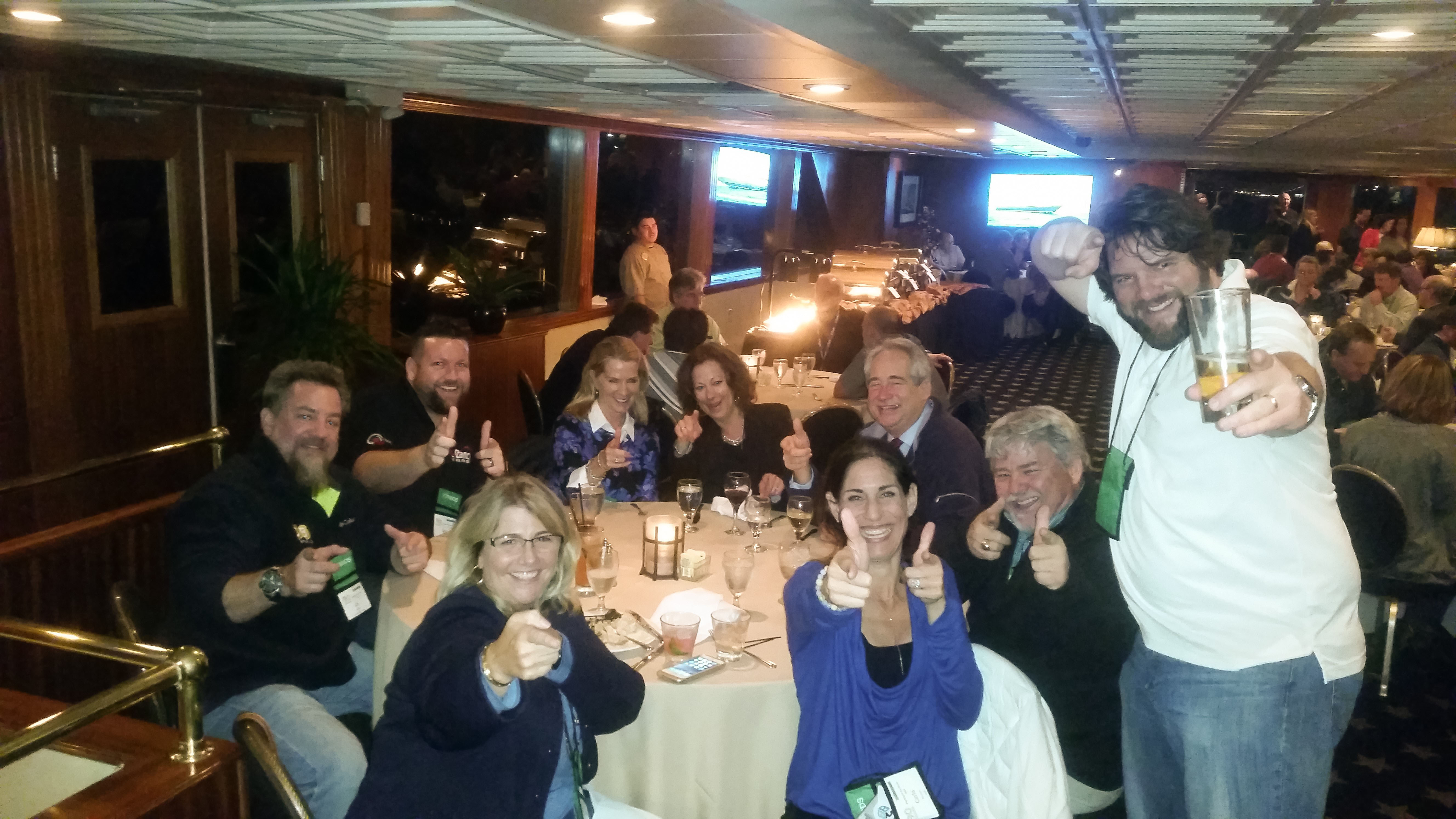Effective Meetings | Daily Stand Up Meetings | Website Pipeline

Time to Stand Up for Meetings
Much has been written about efficient meetings. Good meetings improve performance, while bad ones are productivity killers. Either way, meetings have a profound impact on people’s self-worth. If you fall into the camp that views meetings as a waste of time, you’re the perpetrator of a weakened office.
Like most organizations, our meetings were unfocused and lethargic until we straightened up our act. I admit for 13 years I hated meetings. The time came, however, for me to be a team leader. I knew we had to change, so I embarked on a knowledge-gathering initiative to find real solutions to an age-old problem.
I turned to two models, the first being the Agile/Scrum method. Scrum is a management framework specifically for new product development. In shorter iterations, cross-functional teams employ continuous design to understand the needs of the customer. As a software company, this has proved most effective. Through collaboration, we get to a deployable product faster, unlike other models where integration and testing comes at the end, setting us up for a long journey back to the beginning if something fails.
Meanwhile, I implemented the practical strategies in Patrick Lencioni’s “Death by Meeting.” You might think this is a book about eliminating the need for meetings, but in reality, we’re meeting more now than ever.
We have five daily meetings among different teams throughout our organization, a weekly logistics meeting, a monthly planning meeting, and a quarterly off-site review where we examine our business for the next six months.
That’s right. We’ve had a daily meeting, every single day, since March 2014.
And did I mention we stand up? There are no chairs. Sitting gives people an opportunity to be more long winded. Instead, we meet in the hallway and tackle three things everyday:
1) What are you doing today?
2) What did you do yesterday?
3) What are your obstacles?
By focusing on these three areas, we are communicating better in a knowledge-sharing environment. Our customer service scores have improved as we are delivering software at a higher quality and more consistently.
Work orders that were six months behind are now cleared. Projects that were sitting for weeks are now in our daily cues. At times, I’m hunting for work for people to do.
Admittedly, everyone was skeptical at first. No one wanted to do it. And honestly, given my track record with meetings, I had to set a new tone. I show up on time, every single time. If someone is not there, I round him or her up.
At our daily stand-up meetings, details are not given. We work at a higher level. If someone gets in too deep, we take it off the table and we talk about it later.
We also encourage what we call “commitment language.” You can only commit to what you can control. You can’t say, “I’ll meet with Joan today.” You may have the best of intentions, but you don’t know Joan’s schedule. We commit to what is within our control to finish every day.
Meetings are a critical element to our success. You just have to take the initiative to make them that way.
This article is by Eric Ward, Co-Founder and Chief Technology Officer at Website Pipeline Inc., a privately held company that provides customer self-service ecommerce portals that work with existing Enterprise Resource Planning software.
###
Hyperlinks:





